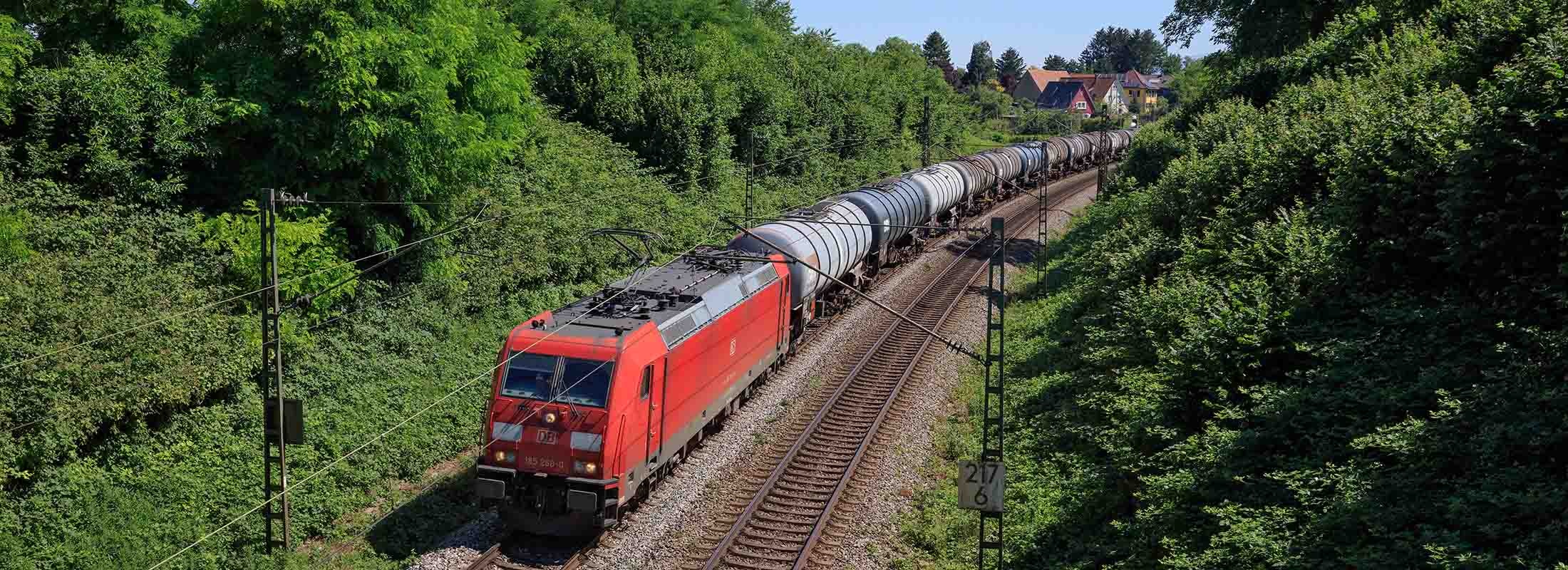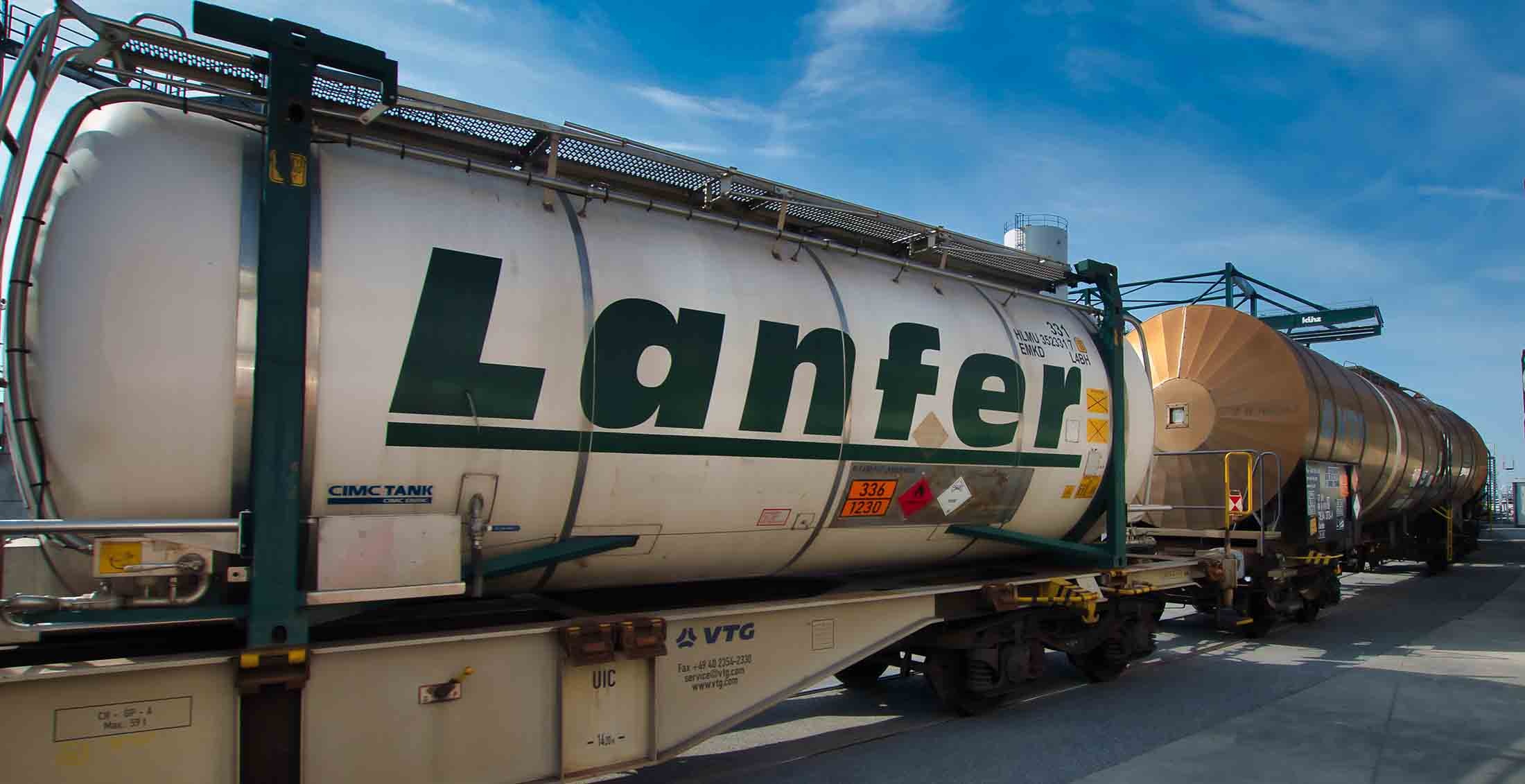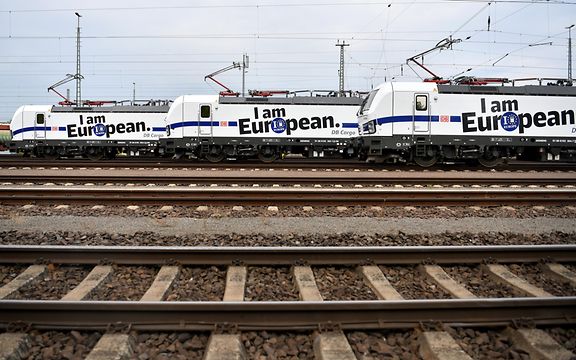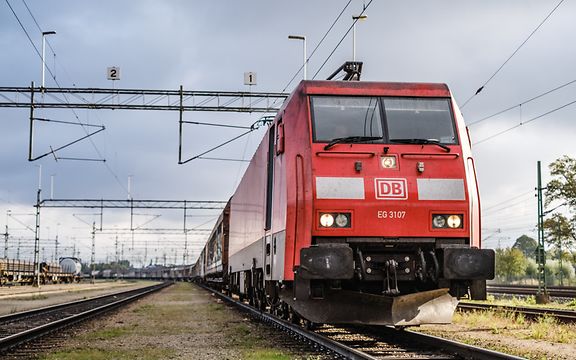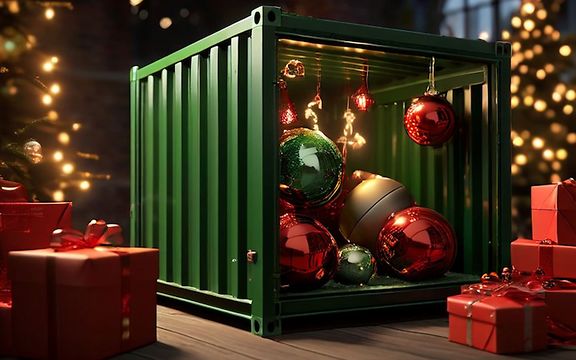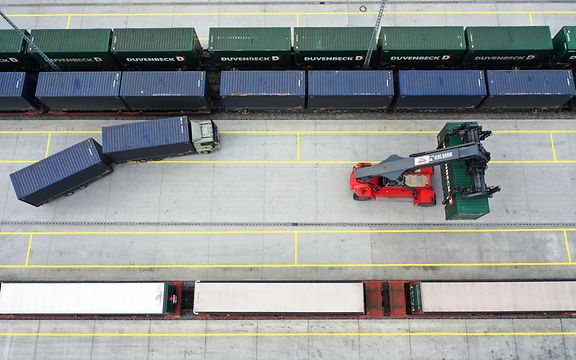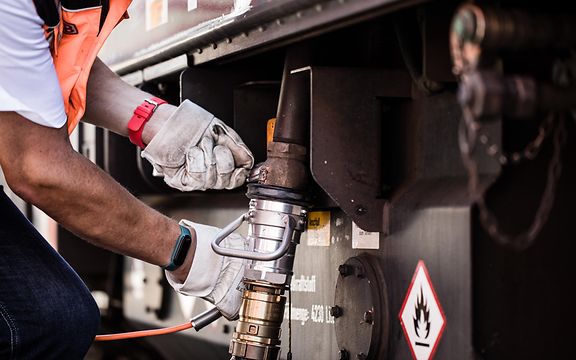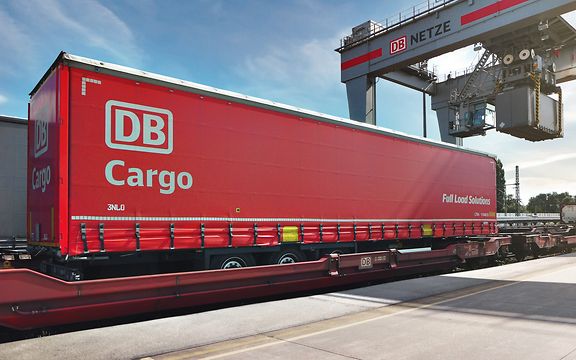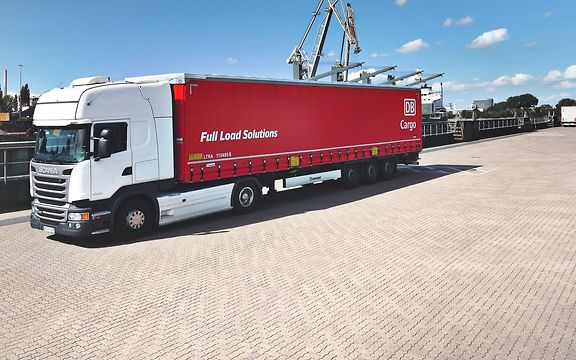Rerouted to rail: new low-water concept goes into operation
With navigability of the Rhine River currently unreliable, DB Cargo BTT and Lanfer Logistik developed a concept at short notice for chemical transports by rail.
It's been in the news for several weeks now: The water levels of European rivers are making navigation difficult. The Middle Rhine Valley is one of the areas of the Rhine with so little water that ships and barges cannot navigate the river with their intended load. For many companies this is causing supply bottlenecks, which are particularly problematic when production processes are tightly scheduled. That is the challenge facing a chemical company in southwestern Germany, which is waiting for its raw materials from Rotterdam.
Ideal connection between water and rail
Normally, fully laden ships and barges make their way from Rotterdam to the customer via the Rhine, but the low water levels have made this connection unavailable. DB Cargo BTT, together with Lanfer Logistik, has come up with a solution which has already been successfully launched and which should also be of interest to other industrial customers.
In a nutshell, the low-water concept looks like this: In the city of Hamm, the product is pumped from the barge into tank wagons or tank containers and transported onward by rail to southern Germany. The ship travels to Hamm from Rotterdam via the Rhine, which is still navigable as far as Wesel. From Wesel, the ship continues along the Wesel-Datteln canal and the Datteln-Hamm canal until it reaches Hamm. These canals are navigable year round, making it possible to reach Hamm at any time.
The first transport in mid-August, with a volume of about 1,000 tonnes, was a success, and up to three deliveries a week can be made in this way. The solution ensures an uninterrupted supply chain and the customer can call off the required volumes of freight as usual despite the low water levels. Both tank wagons and tank containers can be used for the rail leg.
About tank wagons and tank containers
Tank wagons:- Rail-borne- Are unloaded at terminals or refineries and chemical plants- Direct unloading at the consignee's premises wherever possible- Higher volume than tank containers, up to approx. 95 m³
Tank containers:- Multimodal use possible- Flexible- Stackable, enabling optimal storage at terminals after unloading- Ideal für den kombinierten Verkehr
Rail is particularly suitable for transporting dangerous goods and is 42 times safer than road transport in terms of accident frequency. Employees handling transshipment at the Hamm site were given specific training, including awareness training, by the DB Cargo BTT dangerous goods safety advisor so that safe transport is guaranteed.
Hamm: where everything comes together
The Hamm transport hub plays a major role in the implementation of this concept, which is planned as a short-term measure. The hub offers the appropriate infrastructure for transshipping liquid goods and provides a trimodal connection, linking water, rail and road transport. The successful launch of the low-water concept demonstrates the need for creativity in time of crisis. Thinking beyond traditional solutions clearly shows what is possible – when all stakeholders work together to find solutions. Altogether a successful pilot project.
